When joints hurt, a person experiences anxiety and tries to get rid of it as soon as possible by taking medication to relieve it. However, pain can be a harbinger of a serious illness that indicates its onset. It is recommended to consult a doctor in time to prevent delays and only symptomatic treatment.
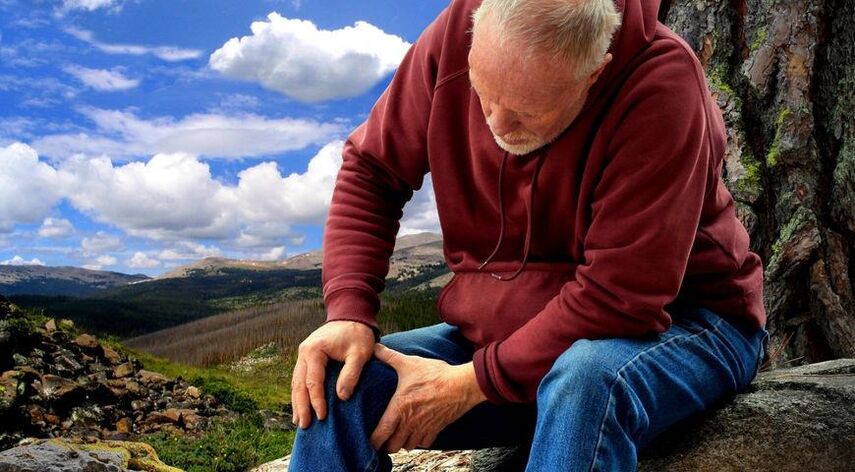
Causes and symptoms
All diseases of the musculoskeletal system are associated with pain symptoms of a different nature. Pain is a sign of a destructive pathological process in the body. Only a clinical examination can accurately diagnose the cause. If the pain in the joints is similar to back pain, if the movement of the limbs is difficult, it is necessary to go to the hospital. Medical attention is required for bruises, sprains, dislocations, fractures and other injuries. When all joints are sore, polyarthritis is suspected. If the patient feels some kind of pain, then another cause may be a complex damage to the motor apparatus, including ligaments and muscles, as well as disorders of the central nervous system. Inflammation of the articular nodes is caused by an infection that enters the body (ARVI, influenza), hypothermia. The most commonly diagnosed pain patients are:
- arthritis, osteoarthritis and coxarthrosis;
- rheumatoid diseases;
- bursitis and tendinitis;
- osteomyelitis, osteoporosis;
- bone tuberculosis;
- damage to the vascular system and central nervous system;
- osteochondrosis;
- oncological diseases.
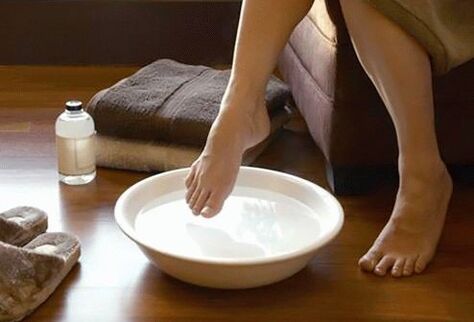
If you have joint pain in the evening only after a hard day's work, you can eliminate the discomfort with the help of sedatives or folk remedies. Fatigue does not mean illness. Stress and nervous tension should also be ruled out. When you decide to go to the hospital, you should pay attention to the symptoms associated with pain, for example:
- tissue swelling;
- skin discoloration;
- rigidity of movements;
- subfebrile and elevated temperature;
- painful sensations in the bones before sudden weather changes;
- crunch while moving.
Types of pain
It often seems to the patient that the joints themselves are painful, although anxiety can be an echo of other diseases. Conversely, articular back pain can be mistakenly interpreted as a symptom of other diseases. Pain that starts in the hip joint is often given in the abdomen and can be considered as a sign of impending menstruation in women. Cardiac colic on the left side of the chest can cause painful numbness in the arm from the shoulder to the elbow. Phantom pain can spread to the cervical region and shoulder girdle after tooth extraction. However, there is only one category of joint pain, which is divided into the following types:
- joint stiffness in the morning and evening;
- acute pain, radiation or pain;
- migration pain in the body;
- to feel "pain" in the joint;
- short-term pain.
What is dangerous?
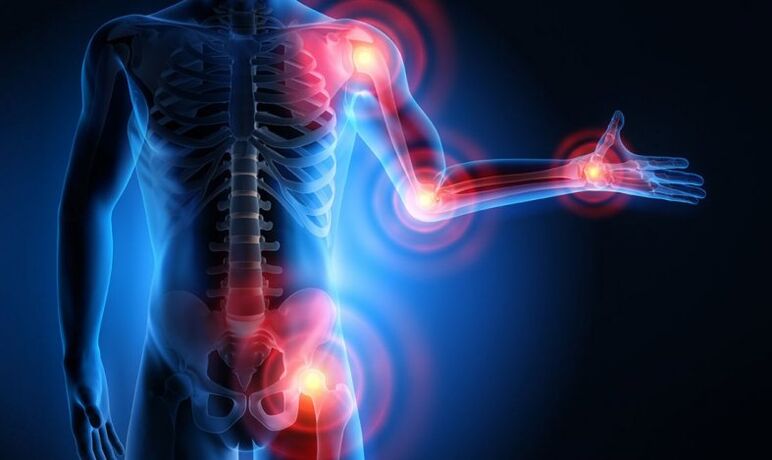
Acute pain in all major joints is a sure sign of a serious inflammatory, infectious and degenerative process that can lead to limited motor function and disability. If severe, excruciating pain in the joints spreads to the leg or arm, it may require complete destruction of the knot and prosthetic surgery. Ignoring mild pain leads to aggravation of harmful processes and even to oncology. Inflammation spreads from one node to another, affecting all major joints. Only timely medical care will help prevent dystrophic and inflammatory processes that destroy the joints and spine, and therefore prevent a dangerous disease.
First aid
If your joints hurt and it hurts to walk, you should take immediate action to eliminate the discomfort. Until the cause is clarified, it should be limited to symptomatic therapy aimed at eliminating or alleviating the syndrome. First, the patient should rest the limb and, if possible, remove part of the load using a supportive bandage. Muscle relaxants are taken with muscle spasms and convulsions, joint pain is relieved by analgesics. Blockers will help to quickly relieve pain in the knees and joints of the feet.

Examination and diagnostic methods
Joint diseases, as well as other diseases that cause pain, can be identified by a comprehensive examination consisting of external therapeutic examination, laboratory tests and hardware diagnostics. First, the doctor examines the area of the disease for the presence of inflammatory and infectious processes in the joints and adjacent tissues: swelling, rash on the body, pain on palpation, itching, what color? is leather. The following are instrumental methods:
- radiography;
- MRT;
- ultrasound;
- arthroscopy.
When an inflammatory or infectious process is suspected, clinical tests are needed to determine its cause. Synovial fluid samples are also taken in the joint bag in case of confirmation of degenerative processes. Additional allergy tests and autoimmune tests are sometimes recommended to determine individual reactions and hereditary susceptibility to disease.

What to do and how to treat?
Pain in many joints in the body is a marker of the presence of an injury (perhaps chronic or latent) or a disease that has entered a progressive stage. First of all, you need to understand what is hurting and eliminate the symptom with the situation. If you feel an increase in pain, you should immediately go to the clinic where the patient will go for examination, and then get recommendations for treatment.
The basis of therapy is always a course of medication, as well as physiotherapy. Other methods are considered adjuvant and cannot replace pharmaceutical and apparatus treatment.
Medical preparations
Sick joints are treated with the most conservative medications, including NSAIDs, painkillers, medications, chondroprotectors, fewer antibiotics, and medications to improve blood circulation. In each case, a separate therapy option is required. Patients are prescribed pills, needles and drops.
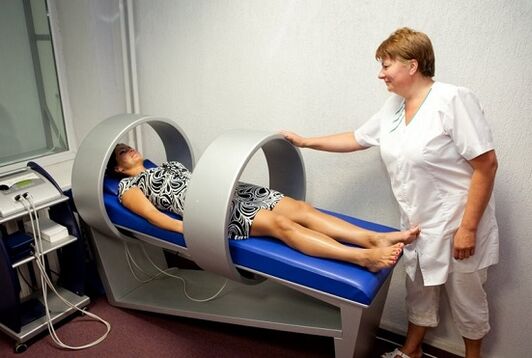
Physiotherapy treatment
Joint pain is effectively neutralized by hardware methods. The most popular are electro- and magnetic procedures. The standard course consists of 10 sessions. You need to be treated at the clinic. In addition to hardware treatment, mud and balneology, radon baths, ozokerite paraffin and therapeutic mineral mud are especially good. It is necessary to undergo sanatorium treatment once a year for treatment.
Surgical methods
If the joint does not heal, it is necessary to replace it with a prosthesis. To alleviate severe pain in the joints of the feet, doctors must first remove the severely destroyed joint cartilage and then place it in an artificial place. Depending on the degree of wear of bone heads and cartilage, the presence of osteophytes, prostheses can be partial or complete.
Exercise and massage
Therapeutic exercise will help strengthen the muscle corset. Pilates and yoga will make the body more flexible, the joints will gain increased mobility, which will help prevent the development of osteophytes and fluid retention, the formation of salt and calcium deposits.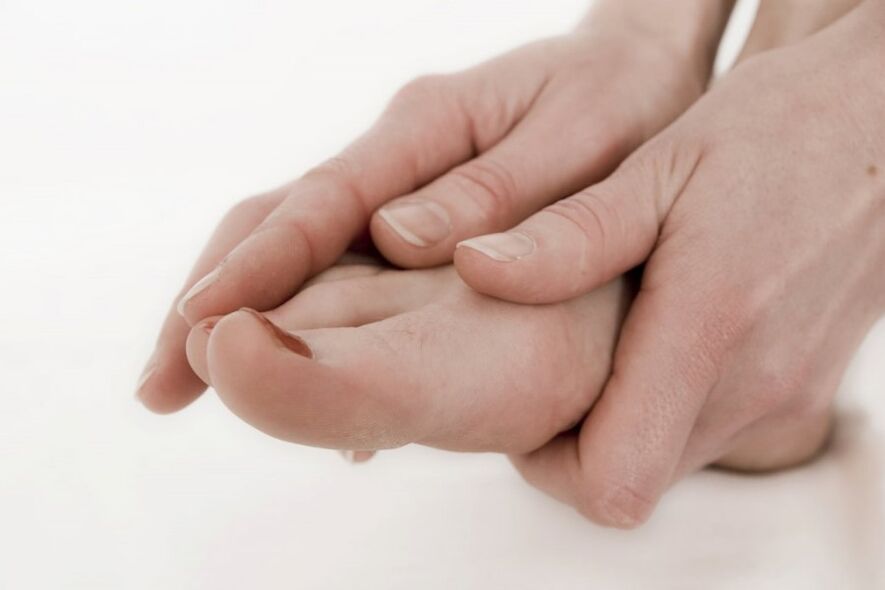 Exercises for strength, resistance and flexibility are performed in turns without sudden movements. The optimal course is chosen by the coach. In the morning and evening at home, especially when sitting for a long time, it is recommended to perform a complex of slight bending and twisting to stretch the joints and muscles.
Exercises for strength, resistance and flexibility are performed in turns without sudden movements. The optimal course is chosen by the coach. In the morning and evening at home, especially when sitting for a long time, it is recommended to perform a complex of slight bending and twisting to stretch the joints and muscles.
When your feet get sore after a long walk, a massage with hot herbal baths will help relieve the discomfort. Massage and acupuncture are allowed at home, without going to the clinic, but only if the procedures are performed by an experienced doctor, otherwise unsightly marks may remain on the skin.
Folk recipes
On the one hand, the effectiveness of non-traditional methods has not been clinically proven, but on the other hand, many patients successfully relieve pain with the help of natural home remedies they have developed. If the joints hurt, honey pepper is rubbed with hot pepper and bee venom. Swelling, which occurs with joint diseases, is eliminated by rubbing alcohol and compresses based on dandelion and horse chestnut inflorescences. Cold-pressed olive oil has a soothing effect. When using traditional medicine, it should be remembered that many components can cause allergies and skin damage. Treatment with folk remedies is accepted as symptomatic therapy, but not as a basic therapeutic course.
Preventive measures
Vitamin deficiency in spring and winter leads to poor nutrition of the joints, making them sensitive to inflammatory processes. It is necessary to take vitamin complexes regularly. You can take dietary supplements that have a chondroprotective effect to prevent joints. It is recommended to visit the massage room once a month to maintain muscle tone through a mini-session of 5 procedures. It is obligatory to wear a bandage and use a cane after an injury. If the pain begins to recur after a course of treatment, it is better to see a doctor immediately.























